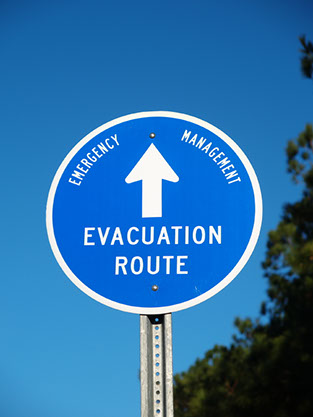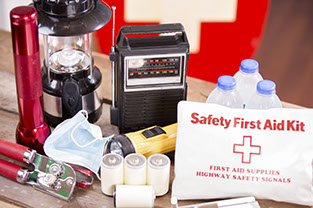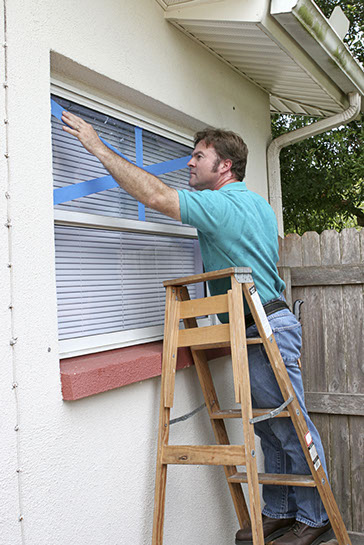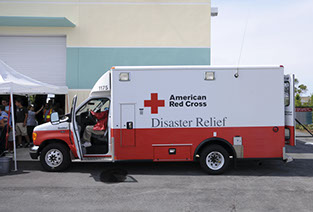
It’s important that you and your family know what to do before, during, and after an emergency. You should also understand the ways you can get information about potential threats, such as text alerts, emergency sirens in your community, or other methods. Being prepared now may save you steps later.
Wireless Emergency Alerts (WEA) are emergency messages sent by authorizedgovernment alerting authorities through your mobile carrier. Government partnersinclude local and state public safety agencies, FEMA, the FCC, the Department ofHomeland Security, and the National Weather Service. This service is available onmost phones. Please consult your cell phone service provider for more information or visit http://www.ctia.org/wea.
An emergency supply kit is a collection of basic items that you might need during an emergency. Discuss the kit with your family so they are aware of the content and location.


Emergency Supply Kit Items may include:
- Water-one gallon per person, per day
- Food-nonperishable, easy-to-prepare items
- Flashlight
- Battery powered or hand crank radio (NOAA Weather Radio, if possible)
- Extra batteries
- First aid kit
- 7 day Medication Supply and other medical supplies. Have medical paperwork with doctor information and emergency contact information
- Multipurpose tool (Swiss army knife)
- Sanitation and personal hygiene items (toilet paper, wet wipes)
- Cell phone with chargers
- Family and emergency contact information
- Extra cash
- Emergency blanket
- Map(s) of the area
- Extra set of car keys and house keys
- Manual can opener
- Supply of food and water for pets including current tag and license.
- Bug repellent
- Plastic tarp
Hurricanes:
Hurricanes are tropical storms with winds in the range of 74-160 mile per hour.The dangers of a hurricane include wind, heavy rain and storm surges. A hurricane can potentially last up to two weeks.
It is important to your elevation level and determine if you are in an evacuation zone. You may be a flood prone area which may impose a threat for potential storm surges. Know your communities evacuation routes so you get to higher ground quickly and safely.

Home Preparation:
- Keep trees and shrubs well-trimmed to make them more resistant. Palm trees should be pruned so loose palms do not carry through high wind occurrences.
- Repair any loose gutters and clear any clogged downspouts.
- Bring all outdoor furniture and items indoors that are not secured down.Wind can carry these items being a potential threat to your home.
- Remember winds are stronger at higher elevations so remain on the ground floor.
- Know where your gas, water and electrical shut off locations are and knowhow to shut them off.
- Identify an emergency contact that may be out of town to communicate with your loved ones on your status.
- Teach your family members how to text. Outgoing phone calls may not gothrough but there is higher chance texts will.
Available resources:
FEMA: Federal Emergency Management Association













